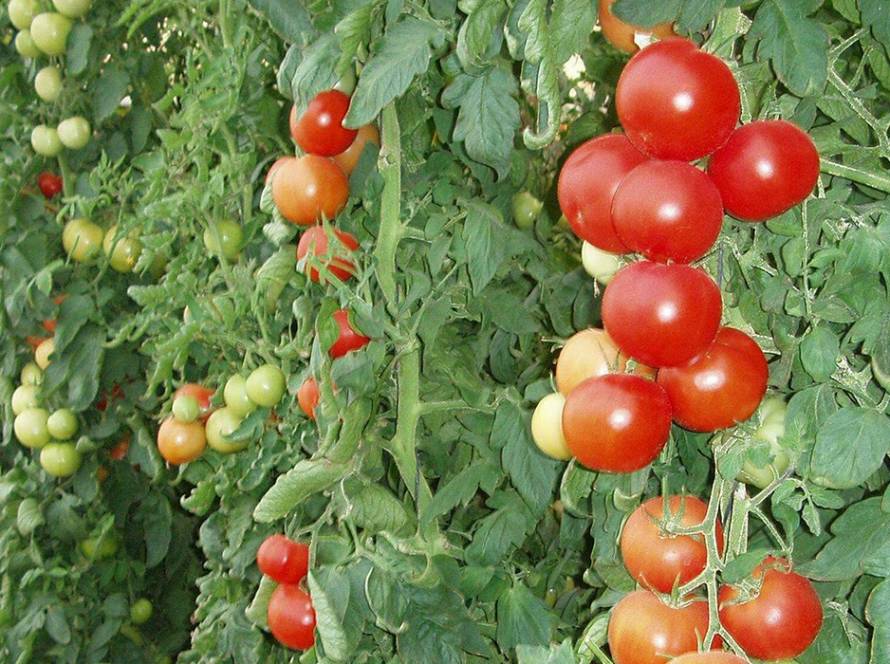There’s been a lot of discussion about intensive olive cultivation, and some people are still hesitant about investing in this agricultural venture in Egypt. Their concerns include:
- High Costs: There are worries about the expenses related to inputs, machinery, processing, and packaging in a volatile global market with strong competition from exporting countries, along with low consumer awareness in the local market.
- Disease Risks: There’s apprehension regarding potentially dangerous diseases in imported olive seedlings, such as Xylella fastidiosa, especially given the low quality of locally approved nurseries for varieties like Arbequina and Arbosana, which could also affect local nursery performance.
- Oil Quality Concerns: Questions arise about the quality of oil produced from local cultivation of foreign intensive olive varieties, particularly regarding their sensitivity to oxidation, stability during storage, low phenolic content, and high levels of polyunsaturated fatty acids.
However, some argue that intensive varieties have been present in Egypt for decades and perform exceptionally well, as they are essentially traditional cultivars. One underutilized variety shares many requirements with Spanish varieties grown in Egypt and has shown high efficiency in chemical and sensory properties.
Addressing Stability and Phenolic Content: The issue of stability and low phenolic content is mainly associated with only one variety. Various treatments can be applied, either in the field, post-harvest, or during storage, to mitigate oxidation and instability, especially considering the lack of specific environmental requirements before harvest in our region.
While it’s true that intensive farming can be costly initially, it typically allows for capital recovery within the third or fourth year, unlike traditional farming, and can also improve oil quality.
Major Concerns
- Quarantine Procedures: There are significant concerns about the agricultural quarantine measures to prevent disease or pest transfer. Reports of disease spread in many countries producing intensive olive seedlings raise alarms, alongside previous instances of transboundary pests affecting Egyptian agriculture, such as the red palm weevil and the fall armyworm.
- Climate Issues: The climate is also a concern, particularly with repeated effects from summer El Niño phenomena, which could lead to conditions similar to those seen in 2018 and 2019, even if cold hours are manageable. This limits suitable areas for intensive cultivation above latitude 27°N, making regions like West Minya or Farafra less suitable. The climate in Egypt is changing faster than expected, with significant local variability that was not accounted for when people started establishing their farms, especially for trees like olives, which have complex and overlapping growth cycles.
Required Actions
To address these complexities, the following steps are necessary:
- Developing a Climate Map: Create a climate map to assess the specific climatic needs of intensive olive varieties in proposed agricultural areas before selection, including ensuring adequate cold requirements at safe levels.
- Effective Quarantine System: Establish a robust agricultural quarantine system and enhance detection and diagnosis capabilities (personnel, equipment, and tools).
- Research on Resistance Traits: Investigate resistance traits in olive germplasm, which is a promising area of research that could lead to medium-term strategies for controlling Xylella fastidiosa in southern Italy and restrict bacterial movement in host plants.
- Strengthening Scientific Research: Reinforce the role of scientific research in the local propagation of these varieties and improving their oil content and quality to make them suitable for intensive cultivation.
- Feasibility Studies: Before starting any medium or large-scale agricultural activity in Egypt (or even in other Arab countries), investors must conduct comprehensive climate feasibility studies. This involves analyzing the historical climate data for the area, assessing deviations from historical norms, and considering the future climate patterns in relation to olive cultivation.
Source: Dr. Mohamed Ali Fahim



